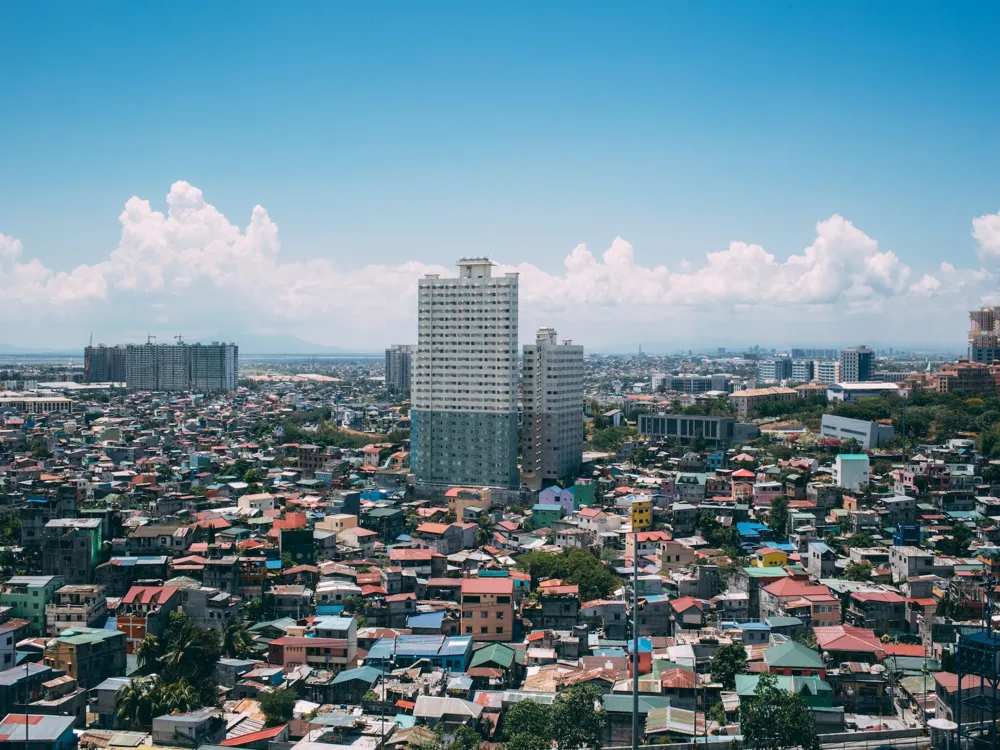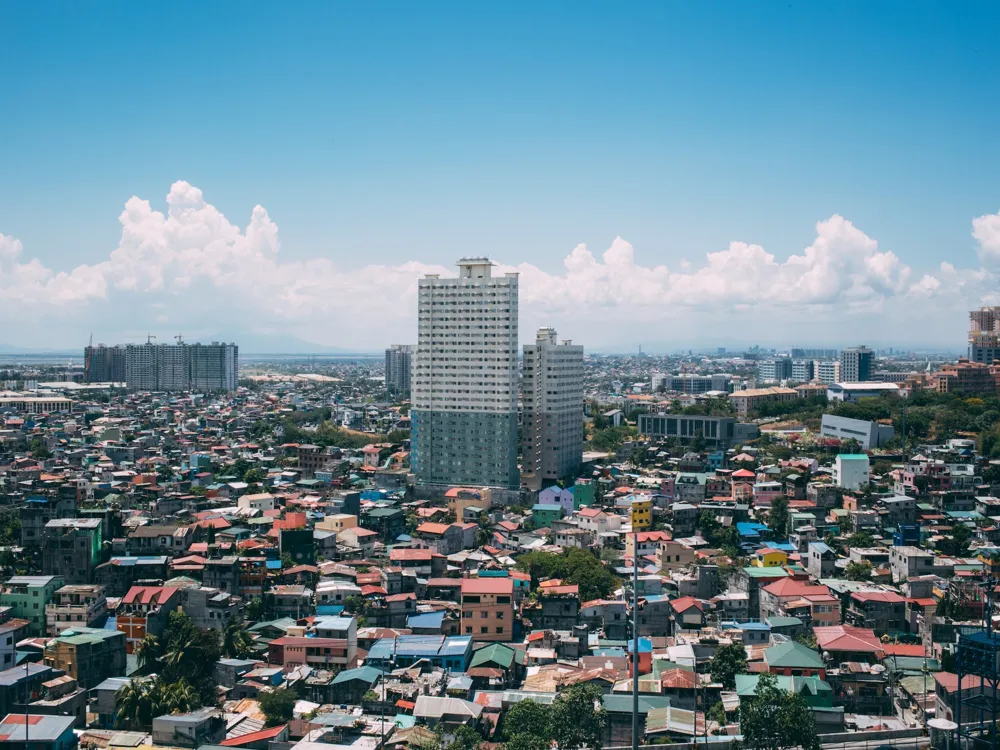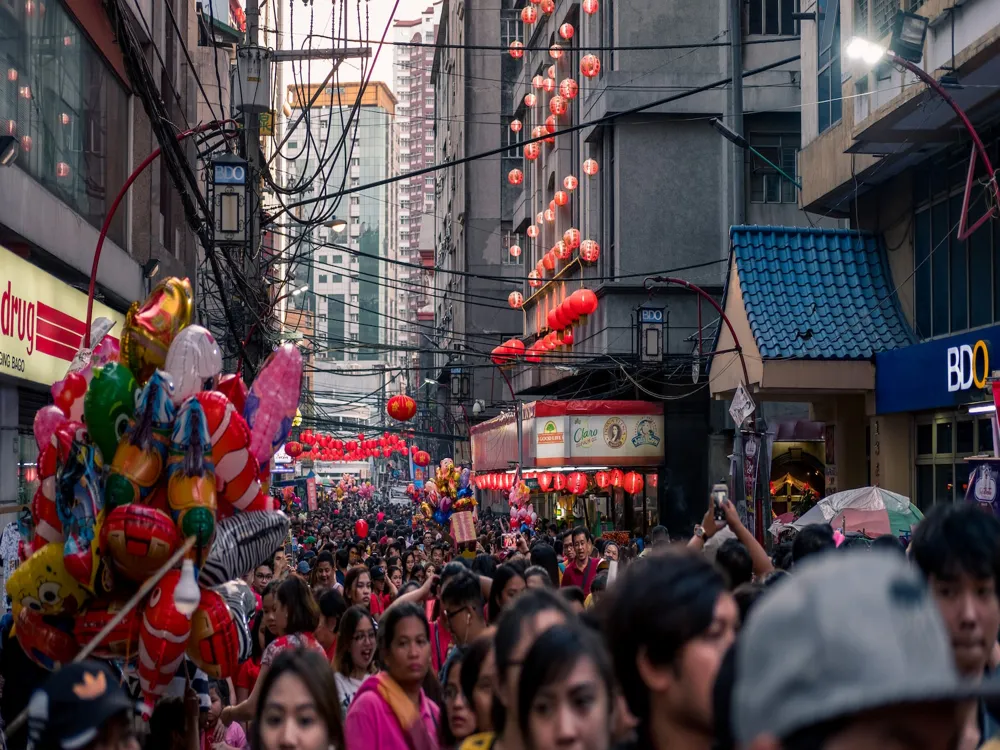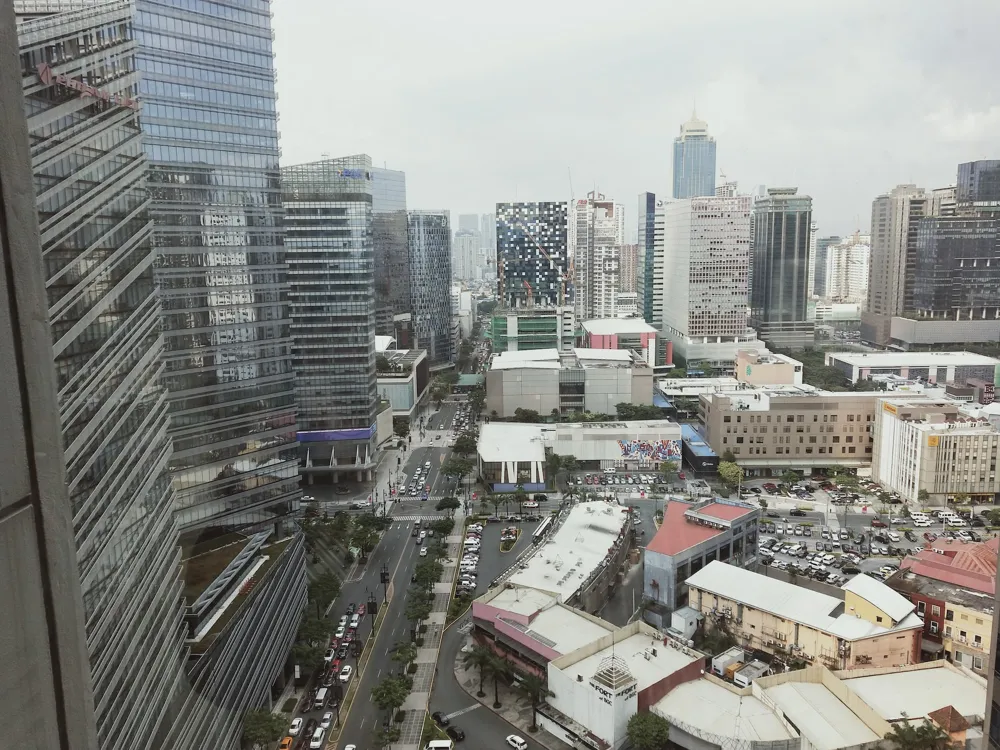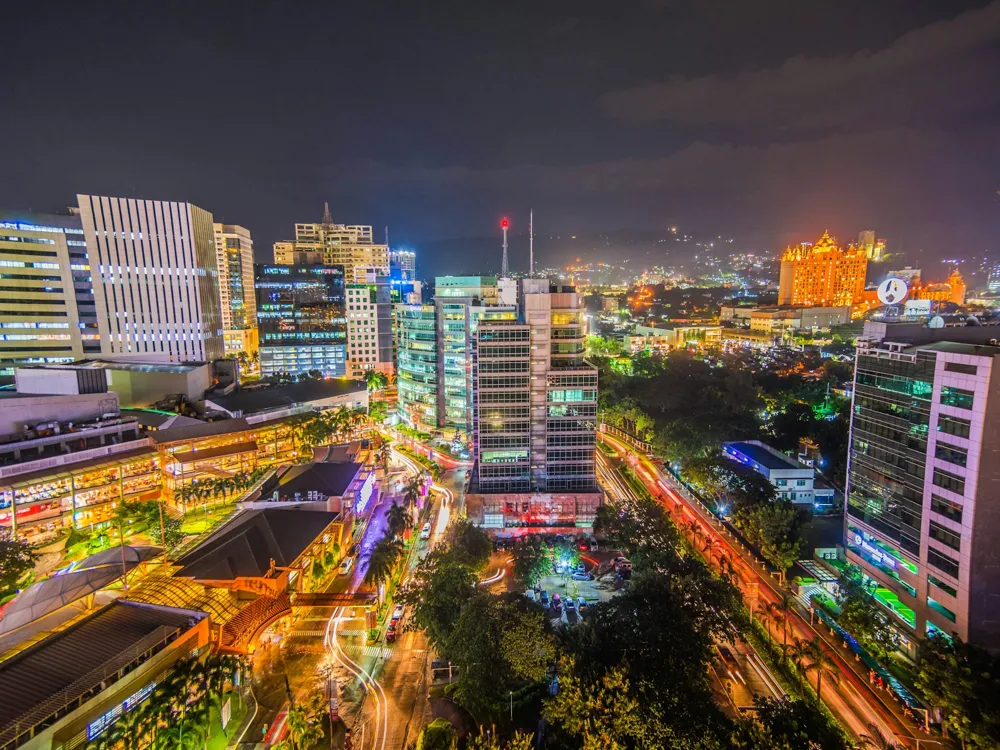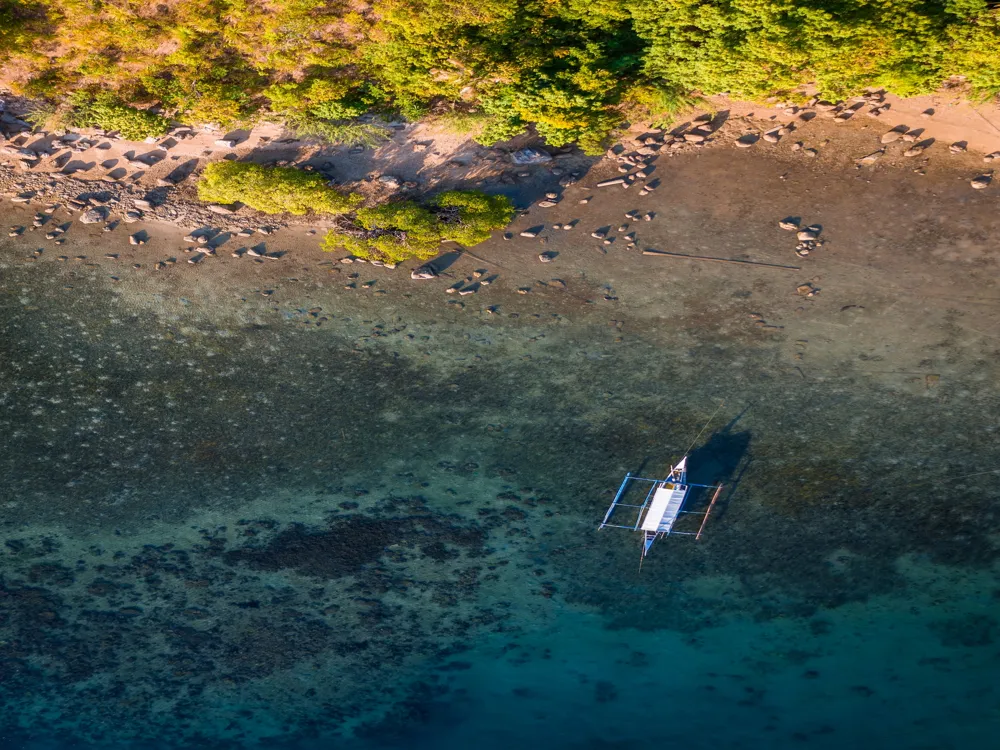The National Museum of the Philippines, located in the heart of Manila, is a cultural and historical gem that serves as a repository of the country's rich heritage. Established in 1901, it has evolved into a complex of museums, including the National Art Gallery, the Museum of the Filipino People, and the Planetarium, each offering a unique perspective into the diverse aspects of Philippine history, culture, and natural history. The museum not only showcases an extensive collection of artifacts, artworks, and specimens but also functions as a research center for Philippine history, art, and culture. Originally designed as a public library by renowned American architect Daniel Burnham in 1918, the building was repurposed as the National Museum after World War II. It has witnessed and survived significant historical events, including the destruction of Manila during the war. This resilience adds to the historical significance of the museum, making it a symbol of the Filipino spirit. The museum houses a vast array of significant artifacts that span various epochs of Philippine history. Notable collections include the Spoliarium by Juan Luna, an imposing painting that depicts the plight of gladiators in ancient Rome, symbolizing the struggle for Philippine independence. The ethnographic collections showcase the rich diversity of indigenous cultures, while the archaeological exhibits provide insights into the prehistoric past of the Philippines. The museum is also at the forefront of preservation and educational programs. It plays a pivotal role in preserving the nation's cultural and historical legacy through conservation efforts and by fostering public awareness and appreciation of Filipino heritage through educational programs and exhibitions. The National Museum of the Philippines is a masterpiece of neoclassical architecture, a style that was predominant in the late 19th and early 20th centuries. Its grand façade and elegant interiors are reflective of its status as a repository of the nation's heritage. The building's design, characterized by its imposing columns, grand stairways, and spacious halls, creates an ambiance that is both majestic and inviting. The museum's architecture is heavily influenced by the neoclassical style, characterized by its symmetry, grandeur, and use of classical elements. The design embodies the ideals of order, clarity, and simplicity, which were hallmarks of the period. The main building is adorned with Ionic columns, ornate moldings, and intricately designed floors, combining both aesthetics and functionality. In recent years, the museum has undergone extensive restoration and modernization efforts to preserve its historical integrity while accommodating modern amenities. These efforts have been carefully undertaken to ensure that the original architectural character of the building is maintained, while making it more accessible and enjoyable for visitors. The architecture of the National Museum not only serves a functional purpose but also stands as a symbol of the cultural and historical journey of the Filipino people. It represents a bridge between the past and the present, embodying the nation's journey towards cultural maturity and independence. Before visiting, check the museum's official website for the latest information on operating hours, ongoing exhibits, and entry fees. Planning your visit in advance will help you make the most of your time at the museum. Comfortable and respectful attire is recommended. The museum is a place of learning and culture, and as such, visitors are expected to dress appropriately to maintain the decorum of the institution. Photography is allowed in most areas, but flash photography, selfie sticks, and tripods might be restricted in certain galleries. Always check for specific photography rules in each exhibit. Touching the artifacts and artworks is strictly prohibited. Maintaining a safe distance from the exhibits helps in their preservation for future generations. Consider joining a guided tour for a more informative experience. Tours are often available and can provide deeper insights into the collections and the history of the museum. Read moreOverview of the National Museum of the Philippines
The Museum's Rich History
Artifacts and Galleries
Preservation and Educational Programs
Architecture of the National Museum of the Philippines
Architectural Influences and Design
Restoration and Modernization
Symbolism and Cultural Significance
Tips When Visiting the National Museum of the Philippines
Plan Your Visit
Dress Appropriately
Photography Guidelines
Respect the Exhibits
Guided Tours
How To Reach the National Museum of the Philippines
Manila Tourism
Best Time to Visit Manila
How to Reach Manila
Things To Do Manila
National Museum of the Philippines
Manila
₹ 38,599 onwards
View manila Packages
Weather :
Tags : Museum
Timings : Tuesday - Sunday: 10:00 AM - 5:00 PM
Entry Fee : Adult - PHP 150,
Student - PHP 50,
Sunday: Free entry
Planning a Trip? Ask Your Question
Manila Travel Packages
View All Packages For Manila
Top Hotel Collections for Manila

Private Pool

Luxury Hotels

5-Star Hotels

Pet Friendly
Top Hotels Near Manila
Other Top Ranking Places In Manila
View All Places To Visit In manila
View manila Packages
Weather :
Tags : Museum
Timings : Tuesday - Sunday: 10:00 AM - 5:00 PM
Entry Fee : Adult - PHP 150,
Student - PHP 50,
Sunday: Free entry
Planning a Trip? Ask Your Question
Manila Travel Packages
View All Packages For Manila
Top Hotel Collections for Manila

Private Pool

Luxury Hotels

5-Star Hotels

Pet Friendly








